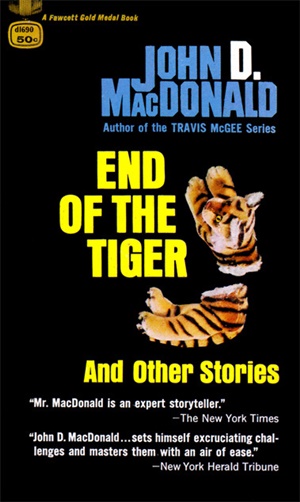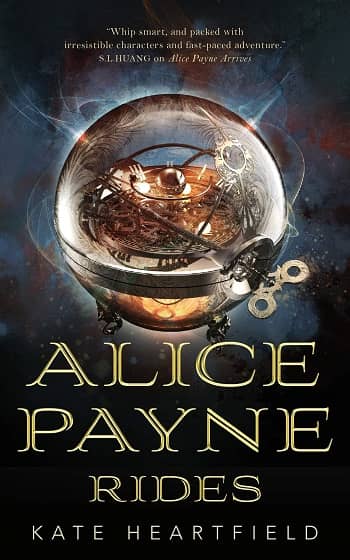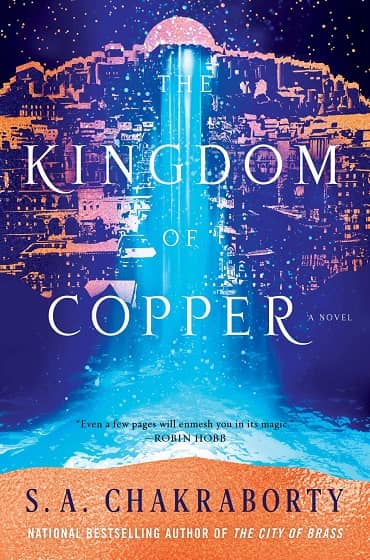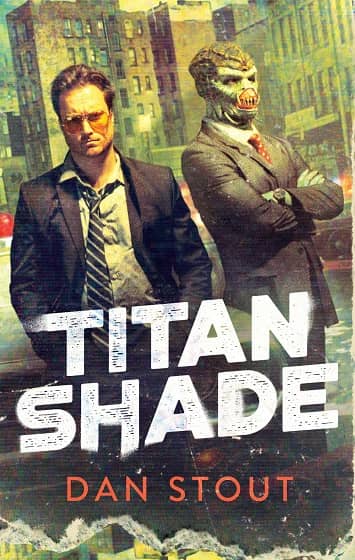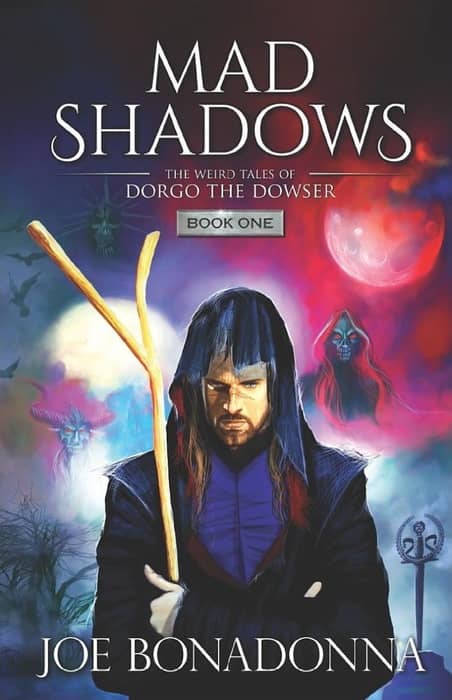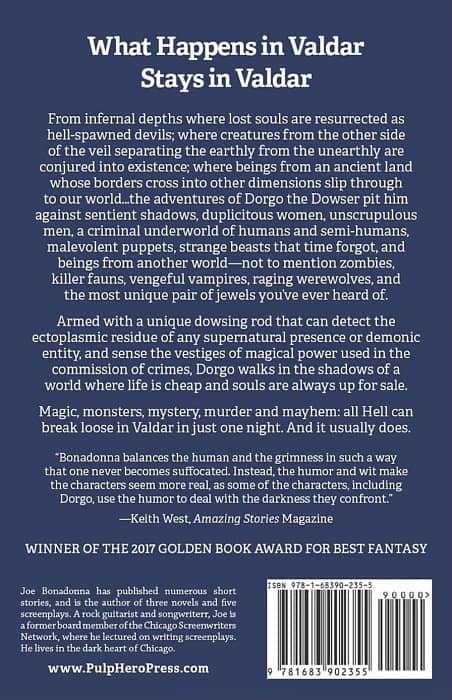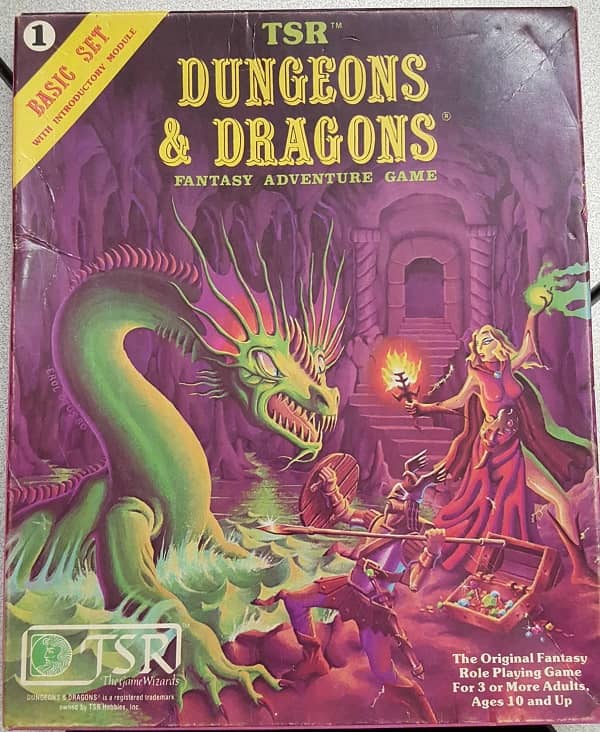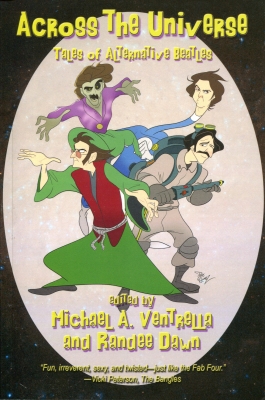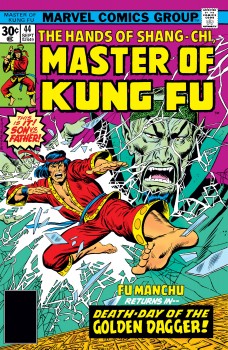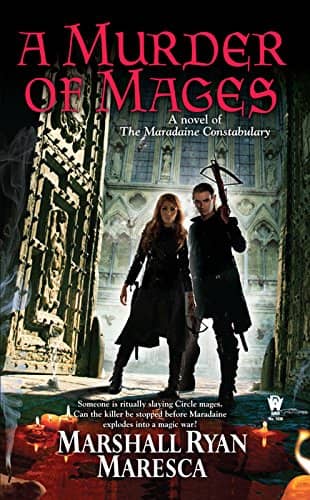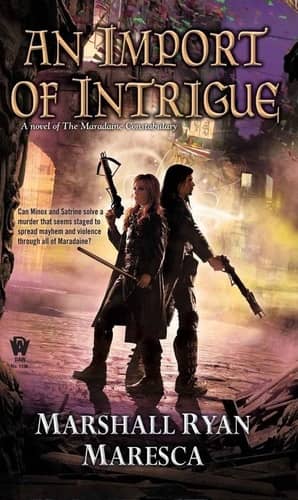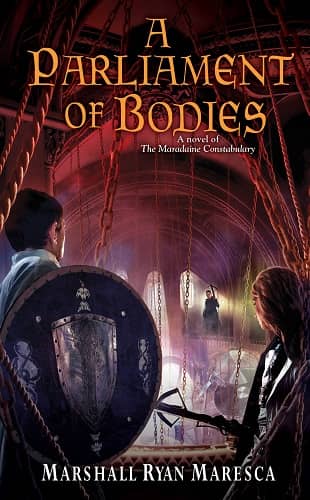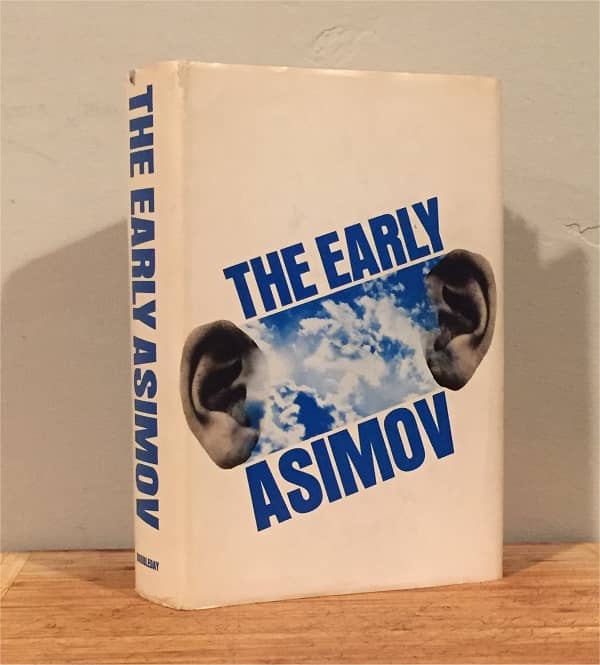Future Treasures: Fighters of Fear: Occult Detective Stories edited by Mike Ashley
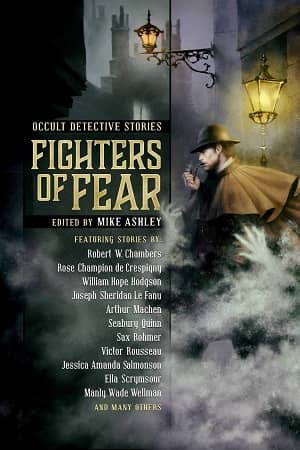 Mike Ashley has been editing anthologies since at least 1977 (with the Year’s Best volume SF Choice 77 from Orbit), and in the last 40 years he’s produced dozens, including no less than 19 volumes of The Mammoth Book of.. (such as The Mammoth Book of Science Fiction, The Mammoth Book of Sorcerers’ Tales, etc.), and over a dozen for British Library Publishing, including Lost Mars: The Golden Age of the Red Planet and Moonrise: The Golden Era of Lunar Adventures. He’s also edited multiple volumes of the Stark House Algernon Blackwood.
Mike Ashley has been editing anthologies since at least 1977 (with the Year’s Best volume SF Choice 77 from Orbit), and in the last 40 years he’s produced dozens, including no less than 19 volumes of The Mammoth Book of.. (such as The Mammoth Book of Science Fiction, The Mammoth Book of Sorcerers’ Tales, etc.), and over a dozen for British Library Publishing, including Lost Mars: The Golden Age of the Red Planet and Moonrise: The Golden Era of Lunar Adventures. He’s also edited multiple volumes of the Stark House Algernon Blackwood.
His latest is Fighters of Fear, a collection of 31 classic occult detective tales from Arthur Machen, Robert W. Chambers, William Hope Hodgson, Victor Rousseau, Sax Rohmer, Seabury Quinn, Henry S. Whitehead, Manly Wade Wellman, Joseph Payne Brennan, Jessica Amanda Salmonson, and many, many others — including a handful that have never before been reprinted.
It’s a fat 624-page volume that belongs in the library of every serious fantasy fan, and it’s easily one of my most anticipated volumes of winter. It got a starred review from Publishers Weekly, pretty much unprecedented for a collection of generally obscure, mostly 19th Century genre fantasy. Here’s a snippet:
Ashley… has never been better in conveying his genre expertise than in this impressive assembly of 31 short stories featuring psychic or occult detectives from the mid-19th century (Joseph Sheridan Le Fanu’s “Green Tea”) to the late 20th century (Jessica Amanda Salmonson’s “Jeremiah”). While usual suspects Arthur Machen and William Hope Hodgson are deservedly included, the volume’s real value lies in its introducing fans of those writers to more obscure authors, such as Max Rittenberg, whose “The Sorcerer of Arjuzanx,” concerning a possible case of bewitchment at Lourdes, makes the case that his consulting psychologist, Xavier Wycherley, merits having all his stories republished. And few setups are more tantalizing than Victor Rousseau’s “The Woman with the Crooked Nose,” in which a man consults a doctor after seeing a ghost resembling a dead woman in every particular, except that it has a straight nose, unlike the deceased.
It’s been a lean few years for occult detective fans. The most recent really comprehensive anthologies I can think of were Stephen Jones’ Dark Detectives: An Anthology of Supernatural Mysteries (Fedogan & Bremer, 1999), Paula Guran’s Weird Detectives (Prime, 2013), and of course The Complete Tales of Jules de Grandin, by Seabury Quinn (Night Shade Books, 2017-18). And we mustn’t forget Occult Detective Magazine, which just published its 6th issue last month.
Fighters of Fear will be published in trade paperback in two weeks. Here’s the complete description and Table of Contents.
